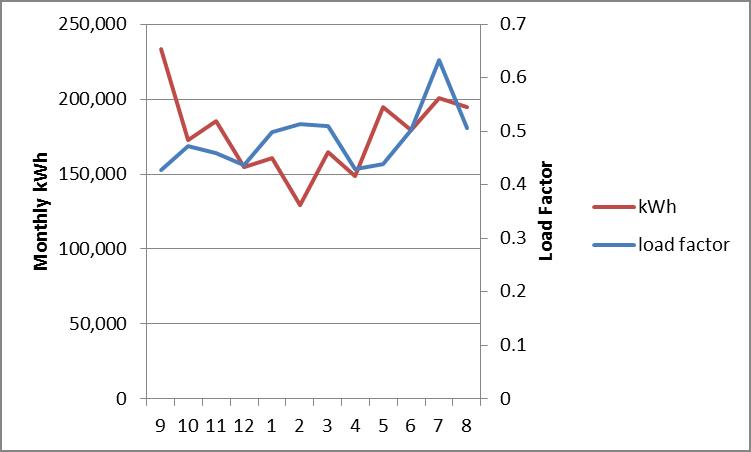
It is mid-June, and strangely here in the northern Midwest we have experienced virtually no warm, humid weather yet this year. The weather can flip like a switch from a pattern of rain and clouds of the past several weeks to one that is hot and humid with little precipitation. Now is a good time to talk about relative humidity and moisture.
Relative humidity is something everyone knows about but hardly anyone understands. How many times have you heard “It was 100 degrees with 99 percent humidity?” I guarantee these conditions are 100% impossible, at least in the ambient[1] outdoors, in any location on earth.
Relative Humidity
Relative humidity is how much moisture (water) is in the air compared to what air at a given temperature can hold when it is fully saturated – 100% relative humidity. Fog and/or nearby patches of fog indicate the air is nearly saturated with water – it cannot hold more water.
Or look at it this way: it is how many pairs of socks you have in your top drawer compared to how many socks you could stuff in there. Changing what is in the drawer to jeans changes the math because you can cram 50 pairs of socks in there but only 10 pair of jeans.
Warmer air can carry, absorb, and hold more moisture than cold air. Warm air → socks; cold air → jeans.
This is why air is “bone dry” in winter and on airplanes. Cold air from outdoors infiltrates the house or passenger cabin. It may be 70 percent relative humidity outdoors but when it is heated to 70 degrees indoors there are just a few ticks of relative humidity. Note: at cruising altitude it’s typically minus 40 outside.
Visualize
Consider an atrociously hot and humid day. At sunrise, the coolest time of day, it might be 77 degrees with humidity in the 90 percent range. By late morning it warms to 85 degrees and humidity drops to about 70 percent. By 2:00 PM, it is 95 degrees and the humidity is only 50%. By 6:00 PM it is 105 degrees and the relative humidity is only about 40%. There it is – that is the ballyhooed 100 degrees, 99 percent humidity day.
40% = 99%?
How realistic is the above example? Extremely.

To help visualize this, reference the table and how humidity and outdoor temperature change throughout a typical hot and humid day.
Along with ditching the phrase, “wind beneath the wings”, ditch “100 degrees and 99 percent humidity”, or anything close to it.
Applications for Energy Waste and Opportunity
One result of a poor understanding of relative humidity is vast energy waste across the fruited plain. I am not a biologist or microbiologist but I know the general rule of thumb is that mold can exist, spread and grow when the relative humidity is 60% or higher.
How can we lower relative humidity?
- Use a dehumidifier – energy intensive and does nothing but remove moisture and heat the space.
- Use air conditioning, aka, cooling – energy intensive but also lowers the temperature to a comfortable range, depending on the situation.
- Raise the space temperature. Whoa! Nobody (almost) realizes this!

The chart shows monthly electricity consumption and load factor[2] for a high school in the upper Midwest. Note the first month shown is September and the last is August of the following year.
What does this show? It tells me they are running their air conditioning all summer. What for? I would bet my paycheck to manage relative humidity. This is a huge waste of energy and a losing battle.
It was summertime and way hot. The students were gone and only administrative and facilities people were around. The place was like a cave. It was cool, clammy and uncomfortable. Fortunately for them, mold doesn’t grow on concrete.
In schools, air conditioning frequently runs all summer to maintain appropriate humidity. Instead of lowering humidity, it actually pumps it up much higher because :(1) outdoor air, the primary source of moisture is being pumped into the building (most likely) and (2) the cooling holds the temperature down, resulting in higher humidity, all else equal – clearly the case in the Twin Cities buildings. Just keep digging, like being stuck in the sand or mud. The more energy spent spinning, the deeper and more hopelessly stuck in the wrong conditions it becomes.
Solution
Do what I do in my house. Let the space temperature creep up all day and then at the end of the day pound it down to 70 degrees and keep the outdoor air outdoors. A long continuous blast of cooling is the best way to drop the most moisture out of the air. The next day as the building heats up, without the AC on and without outdoor air being pumped in, the humidity will fall like a rock. It will already be around 50% relative humidity at 70F after this drive, and at 75F it will be around 40%, safely out of the mold zone and in the comfort zone.
[1] Ambient simply means it is the same condition one mile, two miles, 10 miles away. It is not standing next to the exhaust of a laundromat.
[2] Load factor is monthly kWh divided by the product of actual demand in kW times hours in the billed period. I.e., it is a measure of energy used relative to the peak demand draw for the month.





